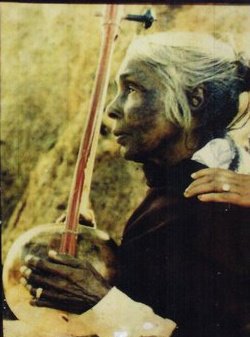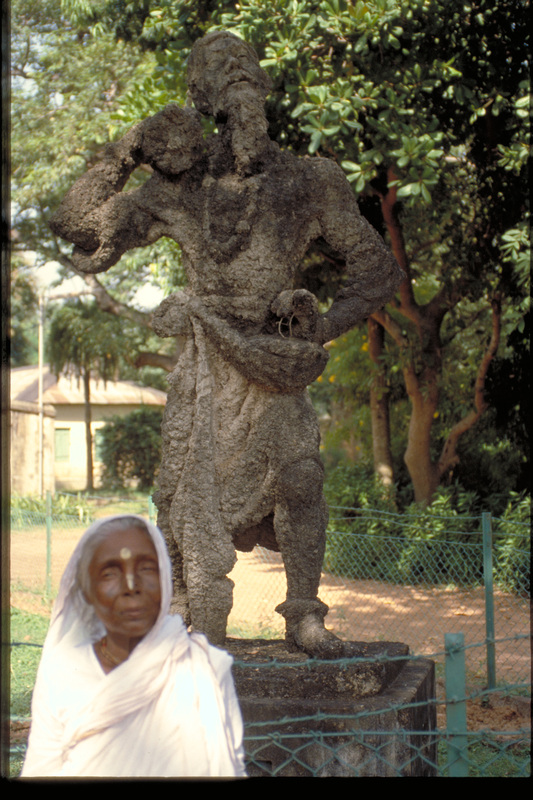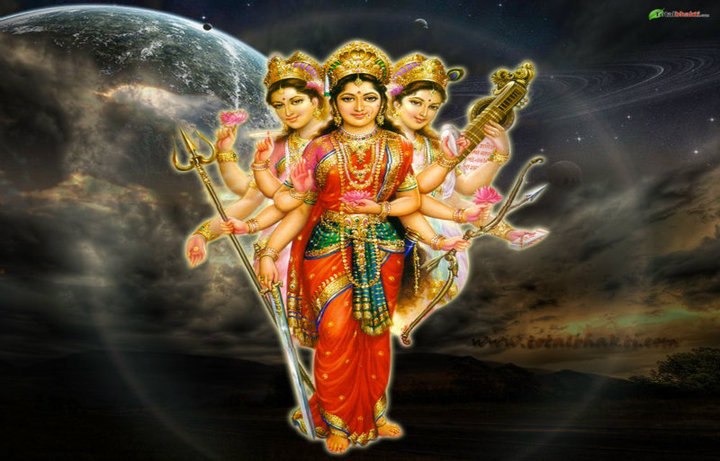 Babukishan aka Krishnendu Das Baul..and his Grandfather (Guru) Sri Nabani Das Kheppa Baul.. Lineage Vaishnava Baul of Bengal the original Hare Krishna singers and dancers of Bengal.
Babukishan aka Krishnendu Das Baul..and his Grandfather (Guru) Sri Nabani Das Kheppa Baul.. Lineage Vaishnava Baul of Bengal the original Hare Krishna singers and dancers of Bengal.
BHAKTI YOGA is often associated with chanting or praising the benevolence of gods. It is communing with God through devotional acts, prayer, offerings, music, praise, and or dance with the aim of awakening love in the heart and opening oneself to God’s grace. It is the path of spiritual or divine love and devotion. In this, the arms, legs, voice and body movements act as the hands of love. Bhakti may be directed towards God or Goddesses or even one’s spiritual preceptor.
Bhakti practice focuses on the faculty of feeling. It addresses the emotion of selflessness and dedicated service to all living beings. It is showing one’s love by worship and by subordinating oneself. In the words of Sri Swami Sivananda “Bhakti is not mere emotionalism, but is the turning of the will as well as the intellect towards the Divine. It is supreme love of God. It leads to immortality or God-realization”
Bhakti margha is the path of devotion leading to Yoga with God. It is Union through Devotion. Bhakti yoga is a major branch of the yoga tradition, utilizing the feeling capacity to connect with the ultimate Reality conceived as a supreme Person – Uttama –Purusha. Bhakti margha is embodied in Patanjali's Yoga Darshana in the second limb, niyama -observances, as devotion - Ishvarapranidhana. Bhaktivada is the gospel of bhakti. Bhakti Sutra are Aphorisms on Devotion by the Sage Narada. The collective discipline of love and devotion is extolled in the Bhagavad-Gita, the Bhagavata-Purana. Both Vaishnavas and Shaiva scriptures are replete with bhakti margas. The entire Chapter 12 of the Gita is dedicated to the Yoga of Devotion; the worship of Saguna and Nirguna Brahman.
Bhakti is a word derived from the verbal root bhaj. In connection with yoga and as being one of the recognized forms of it, the general signification of bhakti yoga is devotion, affectionate attachment.
Basically Bhakti means Bhakti means, “love of God” or “love of Truth.” The first manifestation of this is desire for something more in life, for an ideal or Ishta. In Tamil ‘ishtam’ means something you like or have passion or desire. Just as it is available in the Jnana path, bhakti yoga practice also systematically channels desire and emotion towards highest ideals. Over time, one movers beyond Murtis and images to begin asking “Who am I”, “Why am I here” and with grace end with ecstatic Yoga with the Divine.
Bhakti yogi is one who practices bhakti yoga; bhaktim is devotional service. He is the Cosmic Magnet of the all-embracing heart. Bhatyaa means in full devotion. Bhaktiyogena means ‘by devotional service.’ Bhaktimaan is a devotee. ‘Bhaktiman me priyah’ in Gita 12.17 means ‘the God-lover, the one who has love of God, is dear to Me.’ ‘By bhakti he comes to know Me: ‘bhaktya mam abhijanati’ – Gita 18.55.
Jnana-knowledge and bhakti are not two separate things but viewed as different aspects, as the power of the sun is one thing, though viewed separately as two separate things as heat and light. They are interdependent; there cannot be knowledge of God’s true nature through mere intellectual reasoning without embracing the spirit of devotion. This is because Divinity is seated in the heart of all creatures and the Self is that which is dearer than a son, dearer than wealth, closer than anything else. There cannot also be bhakti without knowledge. In the Gita, Sri Krishna states that among the devotees, He is the Jnani. The bhakti marga is there the preparatory stage. But it is also an end in itself.
Those who pursue action receive the fruits of action through Me, and those who pursue knowledge receive the fruits of knowledge from Me. Hence even those who serve Me through the Yoga of Devotion (bhakti yoga) pass through stages to acquire spiritual knowledge and are eventually liberated through My grace. If
liberation come to those who perform the Yoga of Devotion, how much more certainly does it come to those who acquire a correct intuitive knowledge of the nature of the Self in this very life: Shankara, Gita Bhasya XI.1.
Generally Bhakti is of two kinds: Vaidika bhakti and Prema bhakti. Vaidika bhakti conforms to the injunctions in the scriptures to chant God’s name, to perform rituals, to pray, make pilgrimages worship with the aid of enjoined materials etc. Prema bhakti is the earnest pursuance of these means leading to ultimate Yoga with Divinity.
In Prema bhakti, there is no place for any kind of earthly attachment. One gives the body and soul to God in entirety. It is unconditional love of and for the Supreme. In Prema the Jiva merges with the Paramatma. The bhaktas wholehearted offering is graciously accepted by the Lord and absorbs the devotee to become His own. Prem means highest form of love; Prema means Divine Love. Prema Yoga is Yoga of Love. Prema samarthya is the power or capacity for love. In the Shaivite tradition, ‘Premamayi’ is a reference to virgin Gauri aspiring Lord Shiva while he was in deep meditation. Premamayi Radha means ‘O Radha, full of Love.’ Radharani is the sum-total of prema-bhakti.
Hara Hara Mahadeva
(draft Bhakti Yoga – Premam ©) by Yogi Ananda Saraswathi
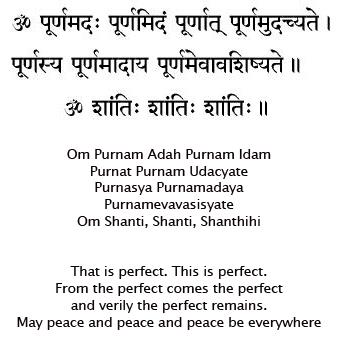

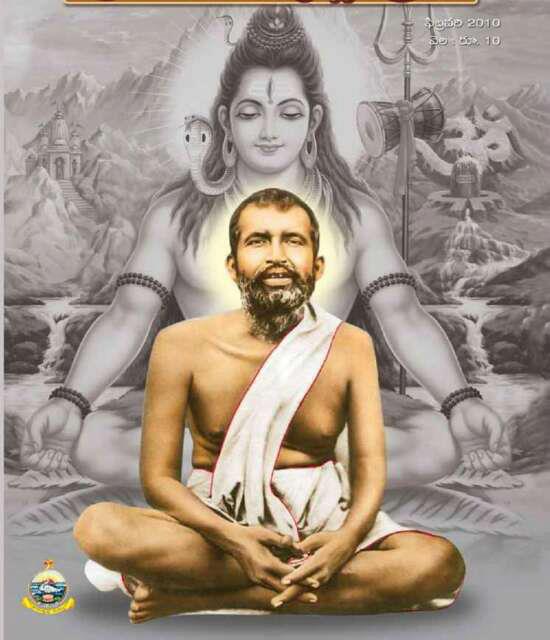

















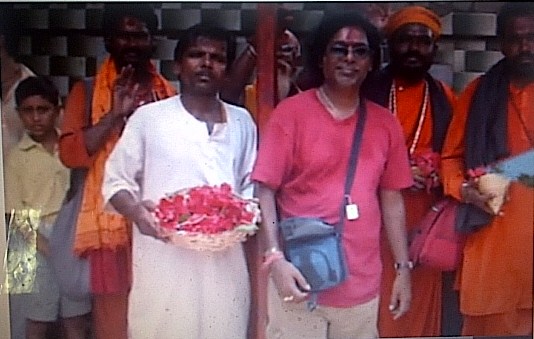




 RSS Feed
RSS Feed
